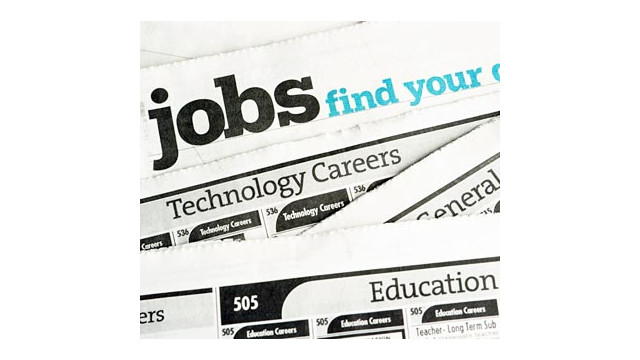The success of the ongoing Coronavirus vaccination program, with about one half of the U.S. population already vaccinated, and the dramatic drop in hospitalizations and positivity rates support the conclusion that the pandemic is all but over. In response, almost every state has reopened for business with few if any lingering restrictions.
However, the long-anticipated reopening of the economy has hit an unexpected roadblock – a serious lack of workers to fill the millions of available positions. With the massive loss of jobs during the pandemic due to layoffs and business closures, both temporary and permanent, the expectation undoubtedly was that the reopening would see a rapid return of those workers who had been sidelined for those many months. The expected mass return has been more of a trickle of returning workers. Millions of job openings are going unfilled.
Recent monthly jobs reports confirm that hiring has been much below expectations. For example, employers added only 266,000 jobs in April, far below the one million forecast by economists. In April there were 8.1 million job openings. One month later that number stood at 9.3 million job openings across the country. While the inability to hire has been most acute in the hospitality industry, especially restaurants, other industries, including manufacturing, warehousing, and food processing have been significantly affected as well. “Jobs available,” “Now Hiring,” and similar signs are ubiquitous across the country.
A recent U.S. Chamber of Commerce poll found that one in three unemployed workers do not expect to return to work in 2021. Even more alarming is the fact that approximately one half of those polled indicated that they have no plans of returning to work at any time in the future. The reasons for the reluctance to return to work has been the subject of intense discussion and speculation, with the conclusion being that the reasons are varied and complex.
Many point to what has been described as the “perverse incentive” not to work because of the $300 federal unemployment supplement that is on top of the state benefits, which average around $300. Many employees can make more by staying home than by working. Such enhanced benefits have essentially priced employers out of the market. The federal supplement is scheduled to end on September 6, 2021.
While there was some preliminary discussion in the Biden administration of extending the supplemental benefit beyond September, a number of Senate Democrats have recently signaled that they are unlikely to support an extension. In addition, the governors in some 25 states have unilaterally decided to halt the federal jobless benefits within their states earlier than its scheduled expiration. Initial efforts by the Biden Administration to prevent such actions have since been dropped.
The enhanced unemployment benefits are certainly not the sole reason for the lack of returning employees. For some, especially working mothers of school-aged children, it has been the school closures and lack of childcare that has made returning an impossibility. Still others cite concerns over potential exposure to Coronavirus if they return to the workplace. With the success of the nationwide vaccination program, this claim becomes less viable with each passing day. In addition, virtually every employer continues to comply with the CDC workplace safety guidance and protocols.
In some cases, baby boomers nearing retirement age who lost their jobs early in the pandemic have simply decided to retire earlier than previously planned. Some workers have been slow to return because they are being choosier about their job choices, are switching jobs, or may even be seeking a career change. These all require more time to connect with a new employer. Finally, for some unemployed workers who wish to return, there is the problem of a lack of the particular skills needed for the jobs available.
In addition to the state efforts to end the federal unemployment supplement in hopes that it will cause at least some workers to return, private employers have taken a variety of actions to help attract workers. These include wage increases, hiring and retention bonuses, college tuition reimbursement, paid family leave, and even healthcare benefits by some restaurant groups.
For example, Amazon is offering $1,000 signing bonuses in addition to increasing wages by up to $3.00 per hour for over 500,000 employees. Chipotle, McDonalds, Tyson Foods and countless others are all raising wages to attract workers. In the case of McDonalds, it plans to raise wages for more than 36,500 employees by an average of 10% over the next several months.
All of these efforts to spur hiring underscore the increasing concern on the part of many that the economic recovery is in serious jeopardy just as the country is fully reopening. Whether the recent failure of the hiring rate to even approach the numbers forecast by economists is a trend that will continue no one can tell. It may well be that the efforts to make jobs more financially attractive in a rapidly expanding economy, coupled with an end to the enhanced federal unemployment benefits, will finally cause those workers who have remained comfortably on the sidelines to finally return to the workplace. All we can do is wait and see.
Thanks for reading CPA Practice Advisor!
Subscribe Already registered? Log In
Need more information? Read the FAQs





